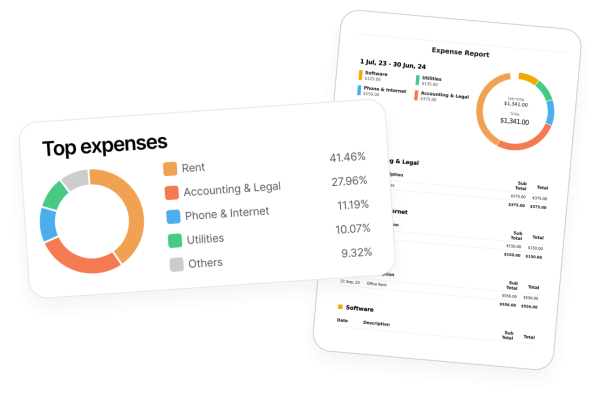
Sole trader GST
Key takeaways:
Find out if you’re registered for GST (or if you should be)
Learn what to do if you haven’t collected GST
Find out how to charge GST and submit payments to the ATO
Who has to register for GST?
You must register for GST if you expect your business's gross income to be $75,000 or more in a rolling 12-month period. (Your gross income is the money you make before taxes and deductions.)
You only need to register if you expect to make $75,000 gross turnover on your ABN. You may run multiple businesses from a single ABN – the ATO will look at the combined gross turnover against this one ABN.
For example, if you earn only $35,000 from your side business but have another employer who pays you $50,000 per year, you would NOT need to register for GST.
There are some exceptions to these rules. For example, rideshare/taxi drivers are required to register for GST regardless of their earnings.
Still not sure?


What if I haven’t been collecting GST?
There are a number of reasons people fail to collect GST. You may be unaware that you meet the threshold required to collect it, or you might have registered but forgotten to collect the payments on your invoices.
No matter what your circumstance, the best path forward is to get in touch with a certified tax professional and discuss your options. They can help you sort out the issue: How to find the right tax accountant
How to collect GST from clients
Once registered, you’ll need to charge all Australian clients GST. You also have to:
Include the GST as its own line item on the invoice
Label the invoice “Tax Invoice” if you are charging GST
Be sure to set aside the GST you collect in a separate bank account. You’ll need to submit it as a payment when you file your BAS, which we’ll cover in the next part of this guide.
Pro-Tip: Set your GST status to ‘Active’ inside Rounded, and we’ll instantly calculate GST for invoices.
You can toggle GST on and off for each template, allowing you to automatically create tax invoices for Australian clients and GST-free invoices for international clients. Never forget to charge (or accidentally charge) GST again!
What about the GST I pay on goods and services?
When you pay GST on goods and services you purchase as a business expense, you can claim GST credits when you submit your quarterly tax payments to the ATO.
In other words, if you spend money on GST, you can subtract what you paid from the GST you owe when you submit your BAS.
There are a few conditions to claim a GST credit:
You and the supplier must both be registered for GST
Purchases must have GST in the price
You must usually have a value tax invoice for purchases that cost more than A$82.50 (including GST) – although there are circumstances where credits can be claimed without one
There are some purchases you can’t claim credits for – even if they include GST.
Automatically track GST on income and expenses

-
 Step One
Step OneSole Trader Tax: Glossary and Dates
Essential information you need before you start -
 Step 2
Step 2Calculating your taxable income
Track how much tax you’ll owe and plan ahead -
 Step 3
Step 3What can I claim on tax as a sole trader?
How to use business expenses to cut down on your tax bill -
 Step 4
Step 4Sole trader GST
Learn how to collect and pay GST -
 Step 5
Step 5BAS & PAYG for sole traders
Pay taxes throughout the year to make EOFY easier -
 Step 6
Step 6Checklist for filing your sole trader tax return